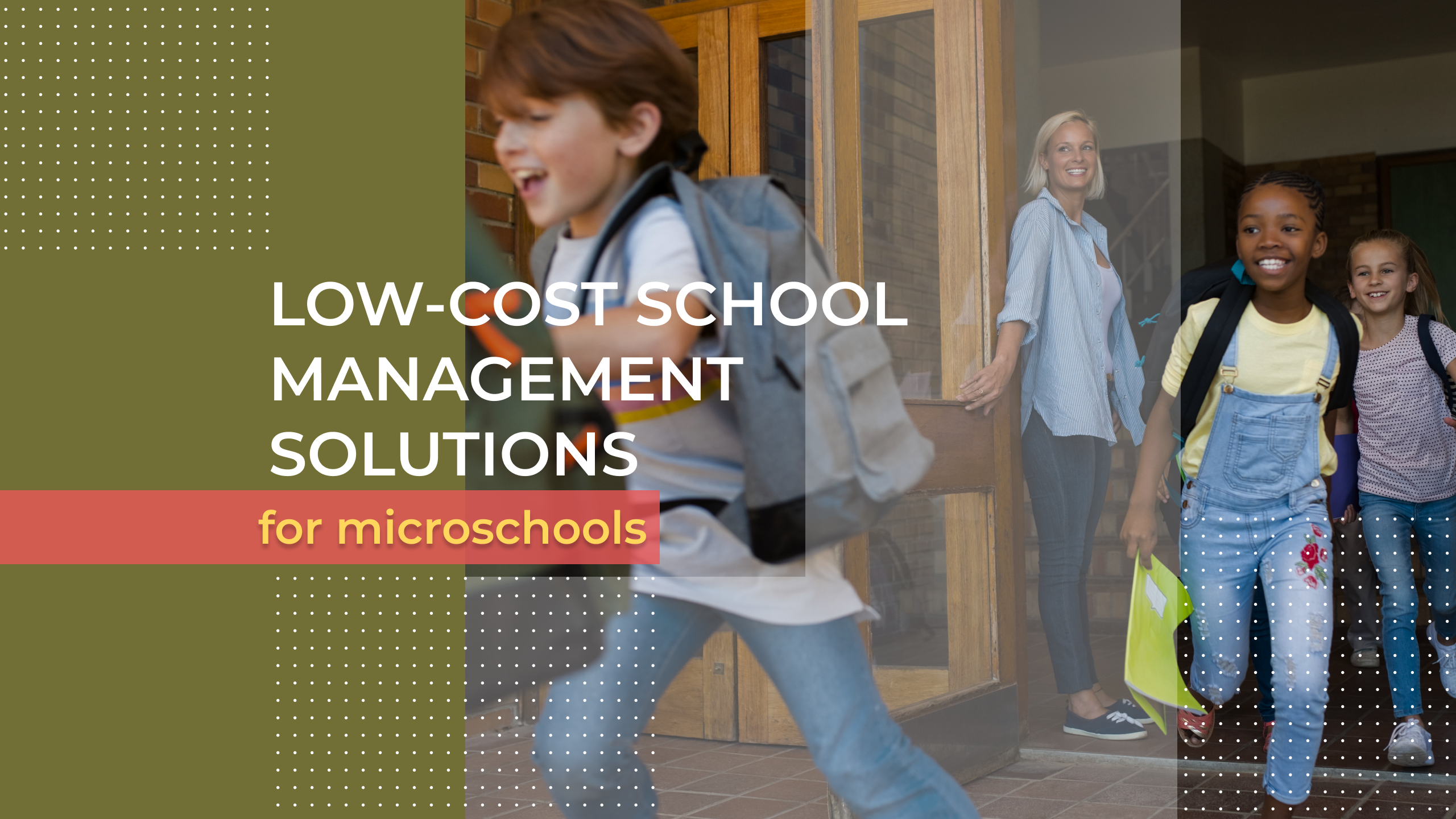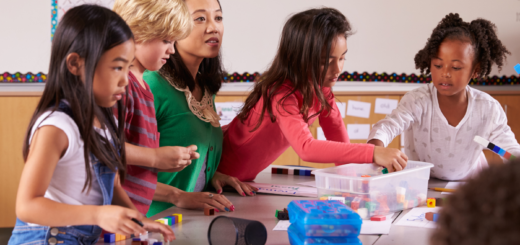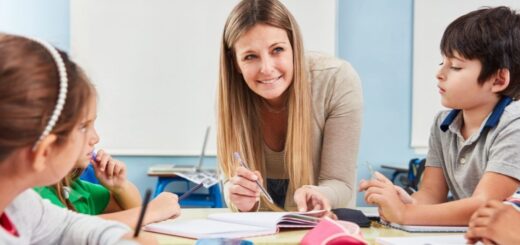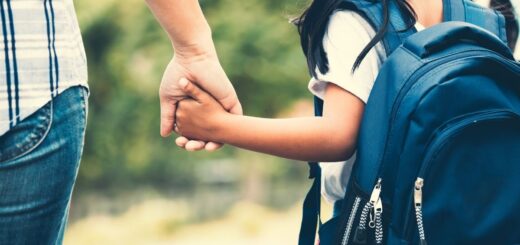Preparing Kids for Life After School With Microschools

Traditional schools follow the same basic model for a century: A class gets lectured to in a lecture hall or lab; homework is assigned, which usually involves reading a textbook or watching videos on YouTube. Mostly, students sit still and learn concepts from teachers. They take assessments with multiple choice and true/false questions, and get grades. Then comes the next class.
You can see why this model is criticized as outdated: It does not adequately prepare students for real life or work.
Can we find a better way?
Microschools are different in the sense that they teach students the skills they need to be successful working adults, and have fun doing it. There are many different ways that microschools differ from traditional schools, but there is one main difference: microschools have a project-based learning model.
Students work in groups to solve real-life problems that they care about and give back to their communities, using the skills they acquire at school. The projects change every three months or so, because students progress through a multi-year curriculum, with a different theme each year.
In their first year, students learn basic concepts using the Inquiry-Based and Discovery Learning Method. This learning method helps solve problems that are relevant to them, like helping others in their neighborhood fix bikes or identifying trash-related issues so they can put up recycling bins around their community.
They might start by researching and finding out about the problem. Once they figure out what needs to be done, they will learn how to solve it.
Students in their second year build on concepts learned the previous year, using more sophisticated tools to solve problems that affect their community. For example, they might start a garden, plant trees or organize events that provide classes in music and art.
In their third year, students may learn about social responsibility and global issues. They may decide to teach recycling initiatives in schools or give presentations at conferences on deforestation.
By the time they graduate from high school, students are ready to enter college or the workforce.
Project-based learning is not a new model. There are microschools and project-based learning programs all over the world, including Asia, Africa, Europe and elsewhere. The benefits of this education format have been well researched and documented by groups like the Organization for Economic Cooperation and Development (OECD), the Bill and Melinda Gates Foundation, the European Commission and others.
Microschools use project-based learning because it helps kids get real world skills that they can use to become successful adults.
In microschools, students work in small groups and are taught skills that go beyond the classroom. They learn how to communicate with others; they explore their community and find out about what is happening locally; they develop leadership skills and learn how to work on a team; they present their ideas to real people and find out what works and doesn’t work.
Since students have fun learning about the projects they care about, the microschool model boosts student engagement. Students are more likely to do well in school when they truly believe that what they are doing is important.




